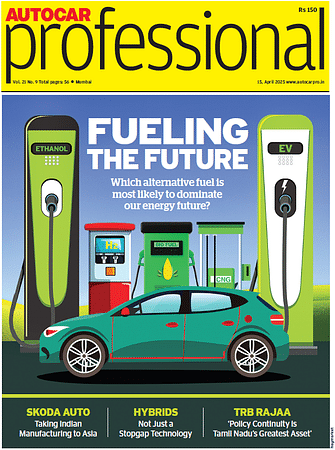Consortium researches first integrated diagnostic system for electromobility
DINA research project successfully completed, draws up standards for diagnosis and repair of electric vehicles.
A competitive maintenance concept for aftersales service is an important factor for the success of electric vehicles. It has to be possible to reliably and safely inspect, service, and repair electric vehicles’ high-voltage systems.
A consortium led by the Bosch Group has developed a standardised integrated diagnostic system that in the future will be able to clearly identify and locate defects in the electrical powertrain. The consortium’s project on diagnosis and repairs for electric vehicles, dubbed DINA, was funded to the tune of 2.8 million euros by Germany’s Federal Ministry of Education and Research as part of the leading-edge ‘Electric Mobility South-West’ cluster.
The results of this research have important implications for suppliers, automakers, workshops, and testing organisations. Besides the Bosch Group, the consortium included DEKRA Automobil GmbH, the Fraunhofer Ernst-Mach-Institut, and the Research Institute of Automotive Engineering and Vehicle Engines Stuttgart (FKFS).
Any company looking to succeed in the EV market needs a competitive aftersales concept. From July 2012 to July 2015, part of the DINA project was devoted to drawing up standards for the diagnosis and repair of high-voltage systems in electric vehicles and to researching suitable measurement methods.
Consortium members also created an integrated diagnostic system to help detect and localise problems in an EV’s powertrain, from the high-voltage battery and inverter to the motors and charging system. This allows workshops to carry out ‘modularised repairs’. If it is possible to precisely determine where problems lie, there is no need to replace whole systems. Instead, in the future it will be possible to pinpoint and replace defective parts individually. This makes repairs not only faster, but also much more affordable.
Being able to precisely locate problems is especially important when dealing with high-voltage batteries that consist of numerous independent cells. To make future battery systems easier to repair, the study also makes specific suggestions for how to build them. The diagnostic and repair methods the consortium has developed can now be contributed to the automotive industry’s development projects.
Aftersales needs better diagnostic systems
A look at aftersales reveals how critical the DINA project’s research is. For example, flawless powertrain testing and diagnostics are an indispensable part of technical tests such as general vehicle inspections. What’s more, an EV’s value depends heavily on its condition, age, and the state of health of the valuable high-voltage battery. The project produced key insights into how to determine this state of health. Similarly, electrical powertrains call for new measuring devices and equipment for workshops and test benches. This is also an area the study addresses with recommendations and approaches for development work.
RELATED ARTICLES
Isuzu unveils D-Max EV at 2025 Commercial Vehicle Show
Revealed at the 2025 Commercial Vehicle Show in Birmingham, the Isuzu -Max EV is the first fully electric commercial pic...
Hyundai unveils next−gen highly efficient hybrid system
The next-gen hybrid system is claimed to offer 45% better fuel efficiency and 19% more power compared with ICE powertrai...
Horse Powertrain reveals hybrid conversion for electric cars
Engine-making joint venture of Geely and the Renault Group announces new hybrid powertrain that fits into the same space...






 By Autocar Professional Bureau
By Autocar Professional Bureau
 23 Dec 2015
23 Dec 2015
 2748 Views
2748 Views









